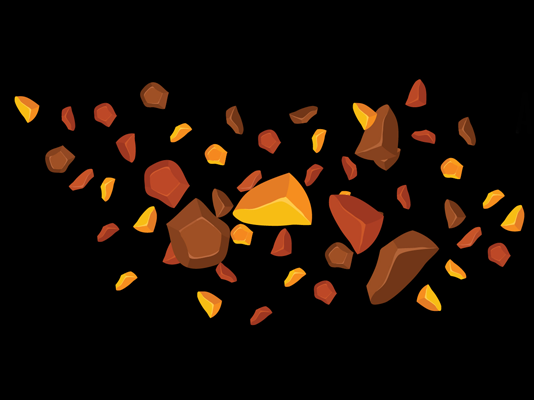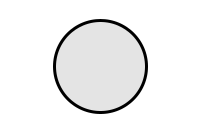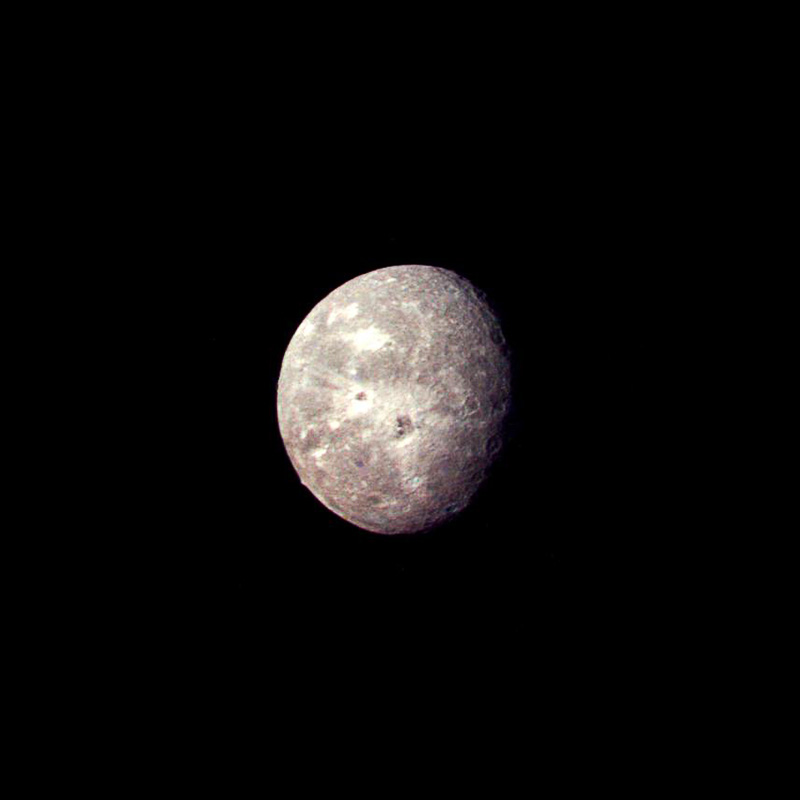Oberon, a moon of Uranus
362,569 miles
946 miles
Oberon is the second-largest moon of Uranus and the ninth largest in the Solar System. It was discovered on 11 January 1787 by the astronomer William Herschel, on the same night he also discovered Uranus’s largest moon, Titania. Oberon has a diameter of 1,523 kilometres (946 miles) and takes just under 13 and a half Earth days to orbit Uranus.
Oberon’s surface is one of the most heavily cratered of all Uranus’s major moons, suggesting it has been geologically inactive for billions of years. Many of these craters are surrounded by bright ejecta rays, and some are filled with dark material that may have erupted from the moon’s interior long ago. Its surface also features a number of chasms, such as Mommur Chasma, which may have formed as Oberon’s interior cooled and contracted.
Like Titania, Oberon is thought to be made of roughly equal amounts of ice and rock, and it may also have a subsurface ocean buried beneath its icy crust. However, any internal activity has likely long ceased, leaving Oberon as a frozen, ancient world.
Oberon takes its name from the king of the fairies in Shakespeare’s A Midsummer Night’s Dream, written in the 1590s. In the play, Oberon is locked in a quarrel with his queen, Titania, over the custody of a changeling boy. His schemes, assisted by the mischievous Puck, set off a chain of magical misadventures among the play’s human characters.
The name was chosen following the convention, introduced by John Herschel, of naming Uranus’s moons after characters from the works of Shakespeare and, occasionally, Alexander Pope. Oberon’s partner in A Midsummer Night’s Dream, Titania, is the largest moon of Uranus.






